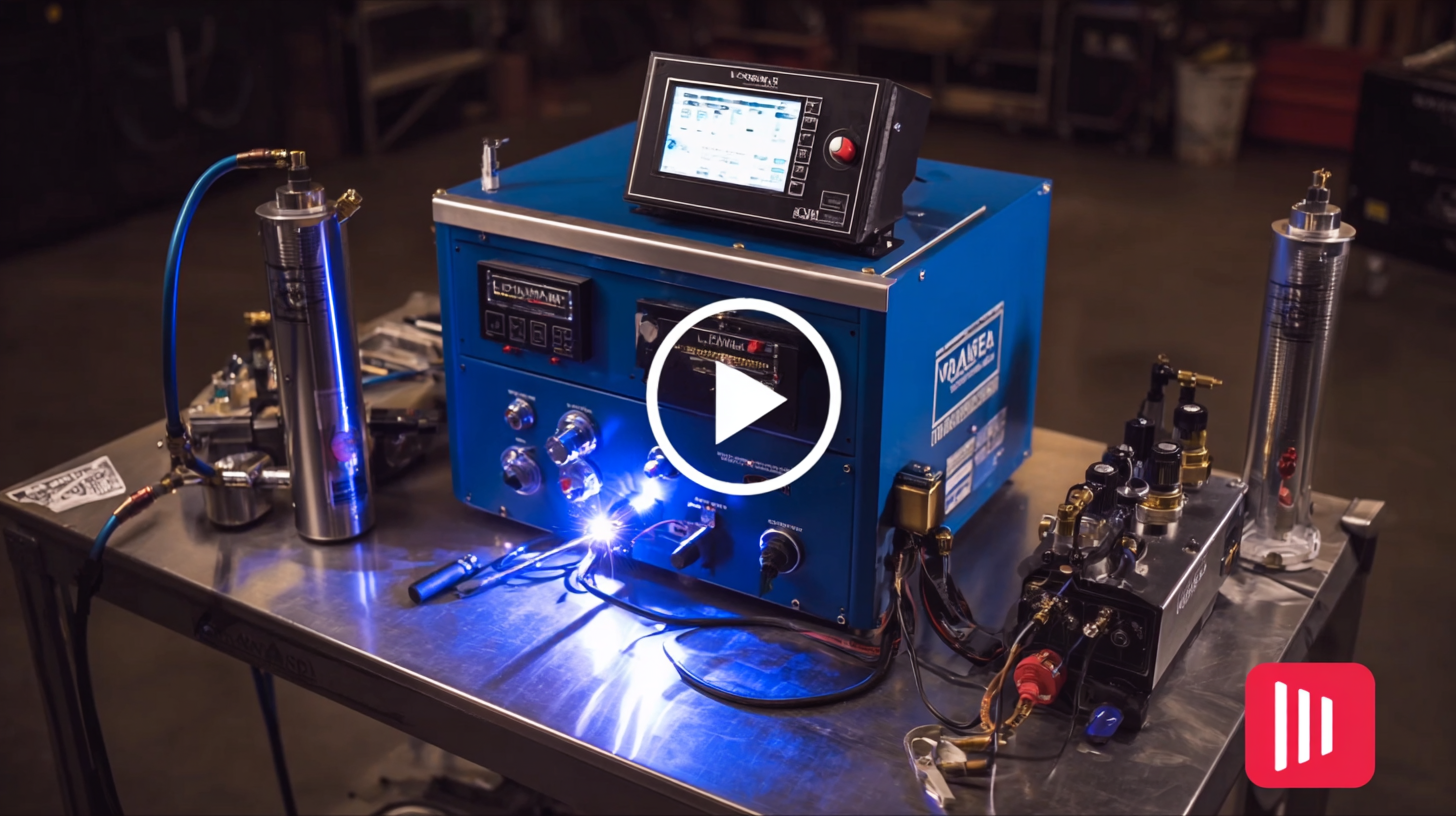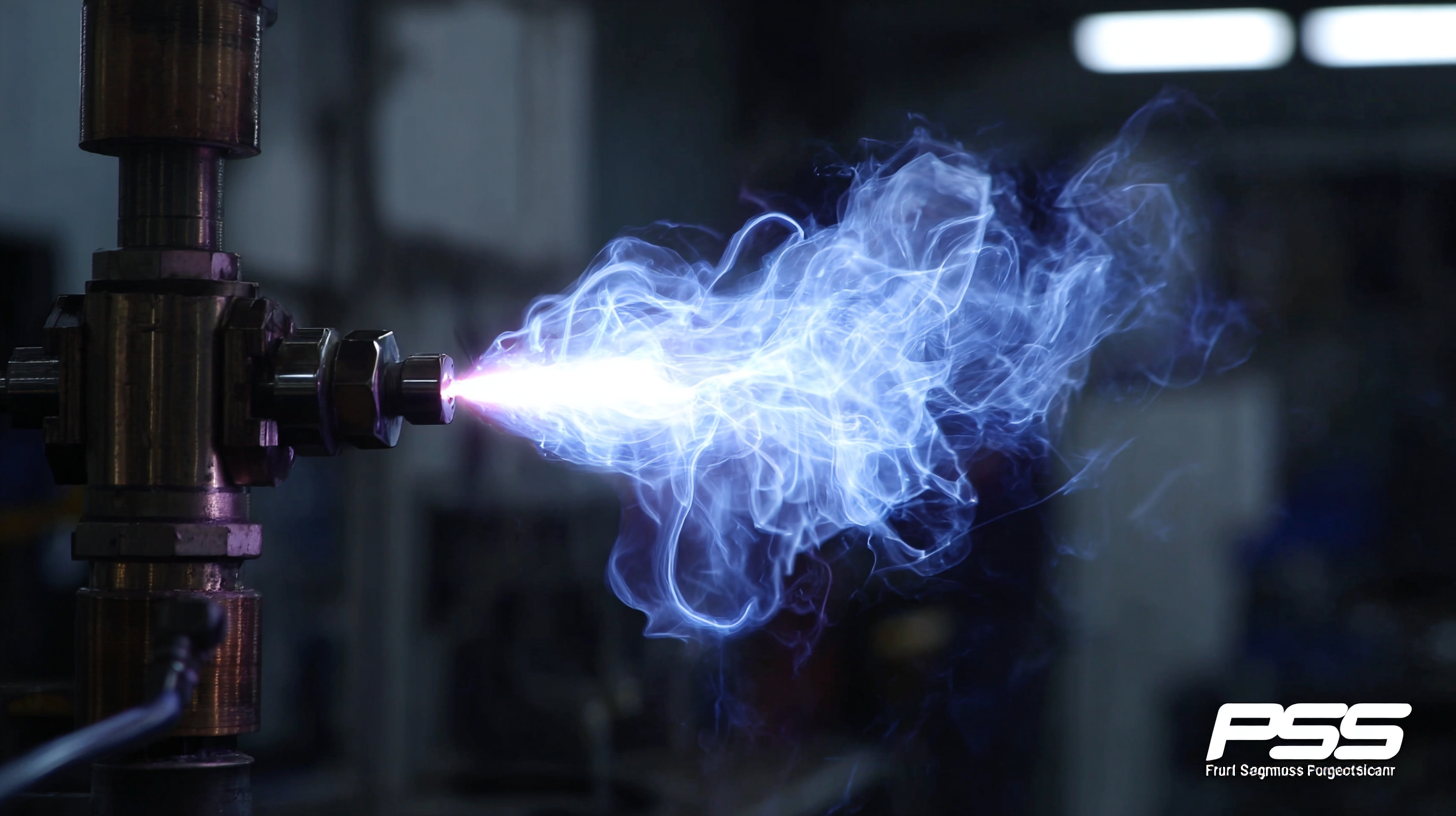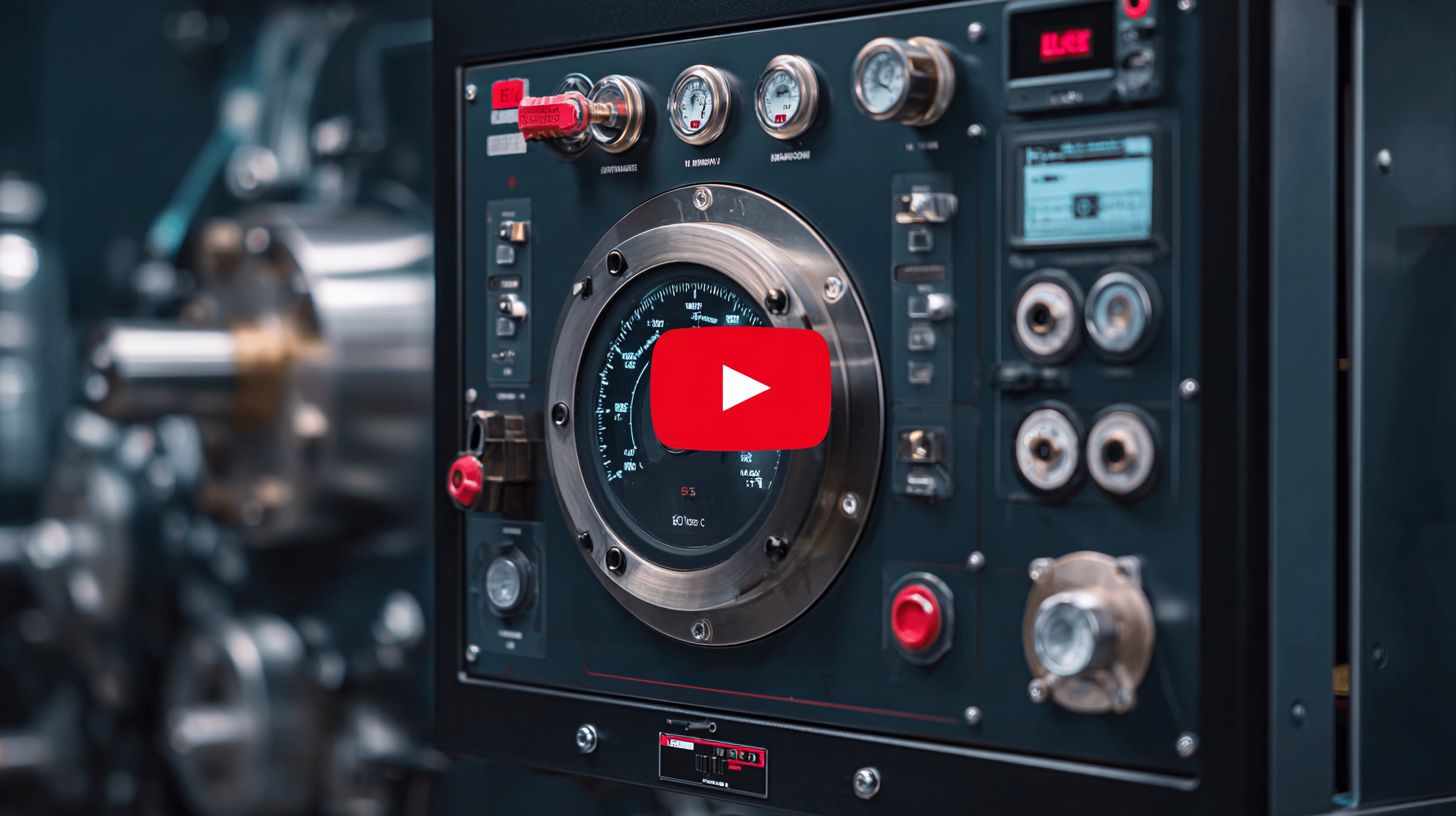As industries increasingly turn to advanced surface coating technologies, Plasma Spraying Equipment has emerged as a pivotal solution for enhancing material performance across various applications, from aerospace to automotive. According to a recent market analysis by ResearchAndMarkets, the global plasma spraying market is anticipated to grow significantly, reaching an estimated value of $XX million by 2025, driven by the rising demand for wear-resistant and corrosion-resistant coatings.

This growth underscores the importance of selecting the right plasma spraying systems that not only meet operational requirements but also align with the latest technological advancements. Understanding the key features of top plasma spraying equipment is crucial for manufacturers aiming to enhance productivity while ensuring cost-efficiency and quality.
In this blog, we will explore the seven essential features that should guide your choice of plasma spraying equipment, ensuring you stay competitive in a rapidly evolving market.
Plasma spraying technology has emerged as a pivotal force in modern manufacturing, driving innovation across various industries. By utilizing ionized gas to create coatings with exceptional properties, plasma spraying allows manufacturers to enhance the durability, resistance, and overall performance of their products. This technique is particularly valuable in sectors such as aerospace, automotive, and medical devices, where precision and reliability are paramount.
The versatility of plasma spraying is one of its most significant advantages. It can be applied to a wide range of materials, including metals, ceramics, and polymers, making it ideal for diverse applications. Furthermore, the ability to precisely control coating thickness and composition enables manufacturers to tailor their solutions to meet specific functional requirements. As industries strive for more efficient and sustainable processes, plasma spraying stands out as an indispensable technology that supports both innovation and quality in production.
 When selecting high-performance plasma spraying equipment, several essential specifications should be prioritized to ensure optimal functionality and productivity. According to a recent report by Allied Market Research, the global plasma spraying market is projected to reach $1.5 billion by 2027, highlighting the importance of investing in reliable equipment.
Key features to consider include plasma arc stability, which directly impacts coating quality. Equipment that maintains a consistent arc under varying conditions can significantly reduce defects.
When selecting high-performance plasma spraying equipment, several essential specifications should be prioritized to ensure optimal functionality and productivity. According to a recent report by Allied Market Research, the global plasma spraying market is projected to reach $1.5 billion by 2027, highlighting the importance of investing in reliable equipment.
Key features to consider include plasma arc stability, which directly impacts coating quality. Equipment that maintains a consistent arc under varying conditions can significantly reduce defects.
Additionally, consider the cooling system of the equipment. Efficient cooling not only enhances the lifespan of the components but also maintains performance under high operational temperatures. The same report indicates that systems with advanced cooling technologies can increase operational efficiency by up to 20%.
Tip: Look for manufacturers that offer customizable options to match specific application needs, as versatility can play a critical role in the long-term usability of the equipment. Furthermore, consider integration capabilities with existing systems to streamline workflows and reduce downtime during transitions. Quality plasma spraying equipment can dramatically improve coating solutions for various industries, from automotive to aerospace.
When considering advanced plasma spraying equipment, several key features stand out that enhance its advantages for industrial applications. One crucial benefit is the ability to achieve high-temperature plasma, allowing for the deposition of materials that require extreme heat for effective bonding. This capability enables industries to work with a wider range of advanced materials, producing coatings with superior mechanical properties and resistance to wear, corrosion, and thermal stress.
Another significant advantage is the precision control offered by modern plasma spraying systems. Advanced equipment often incorporates sophisticated controls for parameter adjustments, ensuring consistent coating thickness and quality. This level of precision is invaluable in industries like aerospace and automotive, where component performance is critical. Furthermore, enhanced automation in these systems reduces human error and increases efficiency, leading to lower production costs and improved overall productivity. As industries continue to evolve, leveraging the advanced features of plasma spraying equipment will undoubtedly be key to maintaining a competitive edge.
When choosing plasma spraying equipment, a comparative analysis of top brands reveals critical differences that can significantly impact performance, reliability, and overall outcome. Leading manufacturers such as Sulzer Metco, Praxair, and Thermal Spray Technologies have established themselves by developing advanced technologies that enhance efficiency and precision. Sulzer Metco's systems are renowned for their robust design and intuitive user interfaces, making them a favorite among newcomers and experienced users alike. Similarly, Praxair's plasma spray systems offer innovative features that reduce downtime and increase productivity, giving operators a competitive edge in their operations.
In contrast, Thermal Spray Technologies focuses on customizable solutions, enabling businesses to tailor equipment to their unique needs. This adaptability can be crucial for organizations involved in specialized applications, where standard models may fall short. Additionally, examining customer support and after-sales service is essential, as ongoing maintenance plays a vital role in the longevity of plasma spraying equipment. By carefully analyzing these brands and their specific offerings, companies can make an informed decision that aligns with their operational goals and technological requirements.
This chart compares various key features of top plasma spraying equipment, including efficiency, power, versatility, and more. The data reflects the performance ratings based on customer reviews and technical specifications.
The advancements in plasma spraying technology are becoming increasingly significant in the global manufacturing landscape, propelled by expectations of remarkable market growth. According to a recent trend report, the plasma spraying powder market is projected to increase from $549.45 million in 2024 to $751.52 million by 2032, reflecting a compound annual growth rate of 4%. This growth indicates a rising adoption of plasma spraying processes across various industries, which are crucial for enhancing material properties and performance.
As manufacturers seek innovative solutions, the demand for superior sputtering targets plays a pivotal role in supporting advanced manufacturing techniques. These targets are not only versatile in their applications but also come with varied performance requirements, aligning with the diverse needs of different production sectors. The evolution of plasma spraying technology, characterized by advancements in materials and processes, is likely to reshape manufacturing practices, enabling the production of high-quality components that meet industry standards while achieving greater efficiency and reducing costs.

TradeManager
Teams
VKontakte


